Moozlie is emphatic in explaining that she surrendered entirely to Meghan’s vision; which, too, is unusual for an artist of Moozlie’s conceptual clarity. “Usually a music video is more about the artist and the song, but this one was kind of the Meghan show — and I’m so glad it was. Nothing was too far or too weird. I just threw myself into whatever she wanted to do.”
Moozlie truly felt this as a meeting-of-minds equally. “I like working with people who are the ‘Moozlies’ of what they do — people who are the rockstars in their own field,” she explains, “I bring a template and a world I want to explore, but I’m not going to impose it. It’s about taking my idea, bringing it into her experience and her background, and then figuring out how to merge that together.”
The character development process, astonishingly, took place in a single day. Despite the time constraints, Meghan insisted on depth rather than haste. “We asked: what do they weigh, what do they smell like, what music do they listen to?” she recalls. “We bought perfumes, sprayed the room, and played their soundtracks. It helped Mooze bring her own interpretation because she had to make them her own.” For Moozlie, what emerged was the experience of possession and embodiment; “these were different people with completely different life stories. Every character had a different perfume, different music — the whole energy in the room would change. It got quite deep. It felt like I was in acting school for a couple of days.”
While Moozlie remains deeply independent and fiercely versatile, she explains that the experience helped her digest the ironies of her song’s central message: “The song says, ‘I do it on my own,’ but honestly that’s the biggest lie — who does anything on their own? It’s more about that internal spirit of believing in yourself so much that you can do it.”
The audition framework, each character performing for a panel, with Moozlie herself seated among the judges, also demonstrates a conceptual loop; at the end, when Moozlie appears as the judge, it elicits a few readings. Are we reflecting the way we’re constantly policed, judged, and boxed in — the expectations placed on our identities, what counts as “right” or “wrong”? Is it a mirror to our own internal judgement? Or is it simply the absurdism of it all, with Moozlie genuinely bewildered by the characters she’s just witnessed? “The fact that these people are auditioning to be in a Moozlie music video, and then you see me as the judge at the end — it’s deep,” she says. “I’m judging myself through the process.”
For Moozlie, the project sits within a longer lineage of women in hip-hop who have always needed to push boundaries; “being able to express yourself in ways people don’t expect from you in this genre is important. This video let me do that.” As filming wrapped, both artist and director found themselves lingering inside the emotional residue of the work. “I’m still dealing with everything I learned from putting this video together,” Moozlie admits. “It filled me up. It stretched me. I’m glad we’re having this conversation about it — it’s important.”
We tend to be fixated on polished outcomes — the final video, the glossy stills, the metrics, the moment of release — Go Getter is a reminder that the real engine of artistic work is its process. When speed and output eclipse contemplation, this conversation is our reminder that to witness creative works is to reflect with artists like Meghan and Moozlie as they articulate, dissect, and honour the making-of with each other and the broader team that made Go Getter happen.
This is a piece of work that truly is the result of a hard-earned hunger for creating; flexing the kind of creative muscle that develops only from years of making something out of very little, and insisting on vision, by everyone involved in its making.
Credits
Music by & Starring: Moozlie @moozlie
Director: Meghan Daniels @meghan.daniels
Producer: Sbusisiwe Luhlongwane @busi.luhlo & Leigh Mert @leighmert
DOP: Robin Shepherd-Taylor @robinshepherdtaylor
Focus Puller: Rhett Mullins @rhett_mullins
Loader: Tafadzwa Pasi @this_is_x_files
Gaffer: Leonard Da Cambra @leonarddacambra
Spark: Doc Jantjies & Brandon Le Roux
Grips: Ndumiso Ninela @ndumisoo
MUA: Andiswa Ngcobo @andingcobo
SFX MUA: Natasha du Toit @tashtoit
Stylist: Karabo Nthibane @keketso.karabo
Hair Stylist: Justine Nomz Alexander @justine_nomz
Choreographer: Nicola Pharo @pharonicola25
Post-production: StrangeLove @strangelove_post
Offline editor: Tumelo Rankoe @2024tido
Online editor: Darian Simon @darian_dawood
Colourist: Nic Apostoli @nic_apostoli
Sound design: Sean Roos @missu2missu & Oliver Stutz @oli.audio at SuperNormal @supernormal.audio
Sound Operator: Khanya Cona @khanyacona
Designer: Julia Schimautz @juliakatarzyna_ at DTAN Studio @dtan.studio
Photographer & BTS: Mduduzi Motha @ndlebenkomo_jpg
Unit Manager: Tawanda Mavaz @michaeltawas
Unit Assistant: Shephard Mavaza
Unit Assistant: Tinashe Majere
Catering: Ronelle Trimble @missdivatrimble
Brand Manager: Dané du Plessis @daneduplessis92
Moozlie’s assistant: Musa Mthembu @musaa.mthembu
Music Producer: Fistola Inecut @fistola.inecut
Label: Nomuzi Mabena Music @nomuzi_mabena_music_official
Special thanks to:
Media Film Service @mediafilmservice
Era by DJ Zinhle @erabydjzinhle
UCF Creative Programme @cottonfestjhb
Pulse Crew @pulsecrewcape
Soundspeed @soundspeed.co.za
SuperNormal @supernormal.audio
Strangelove @strangelove_post
DTAN Studio @dtan.studio
and the entire crew


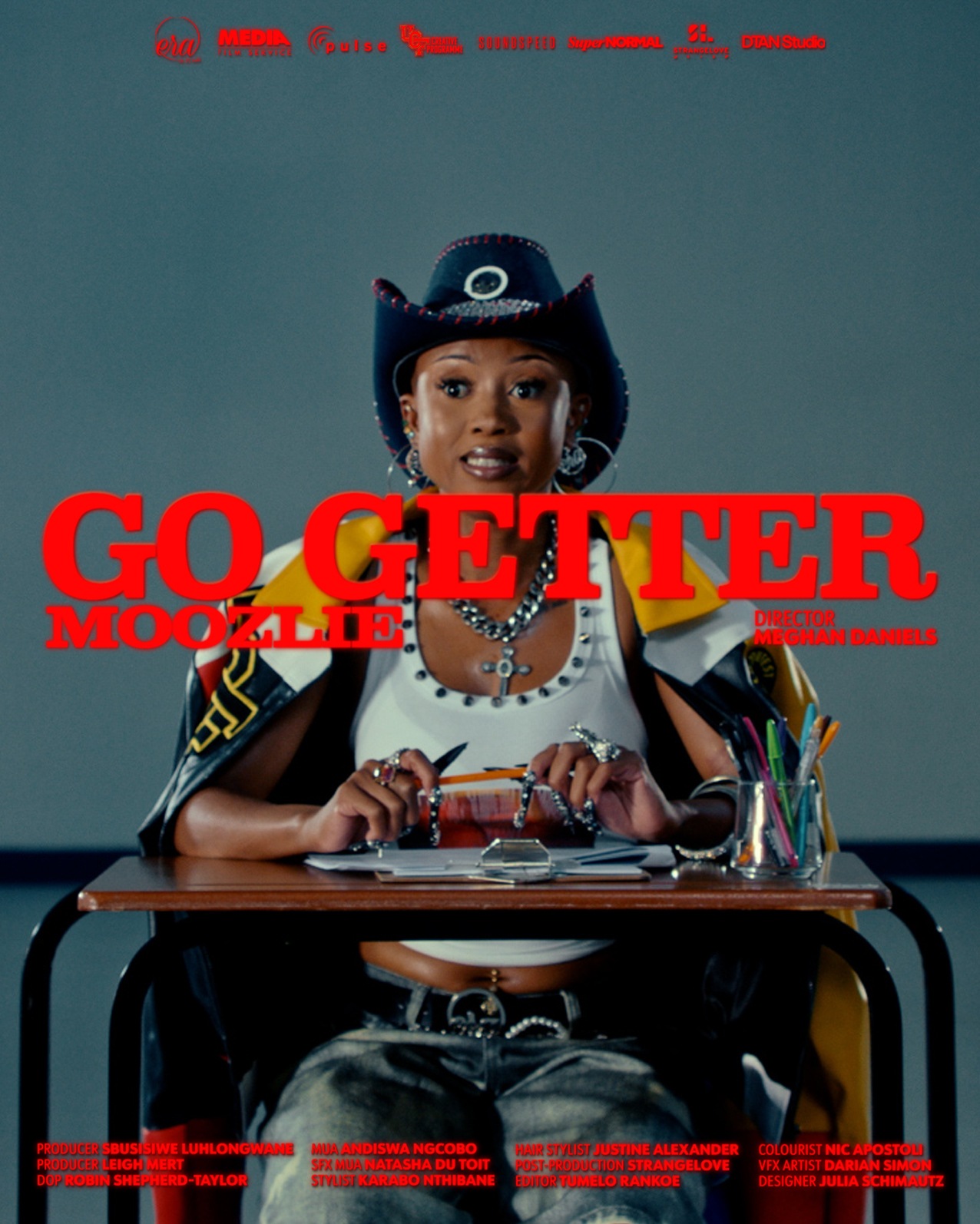
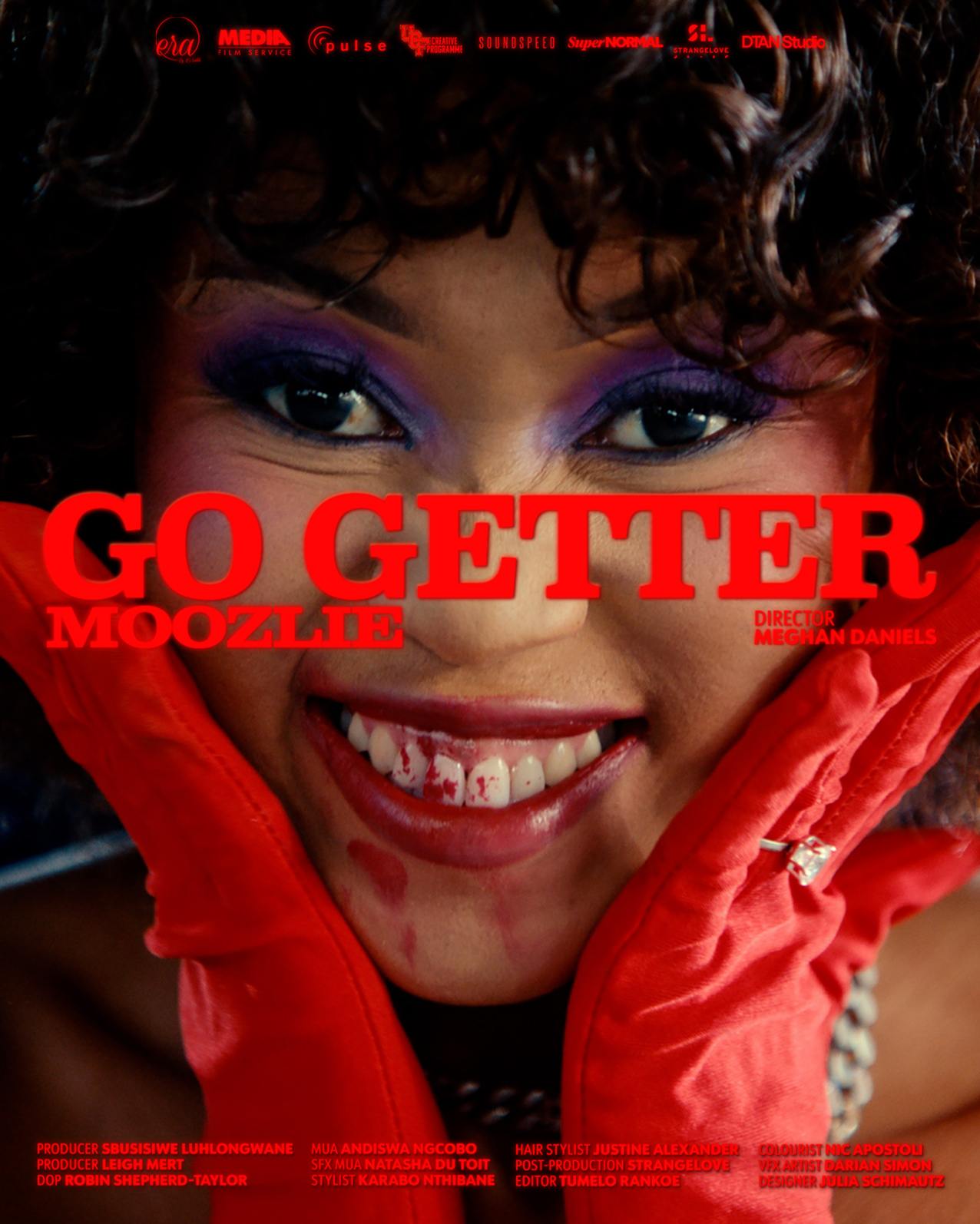

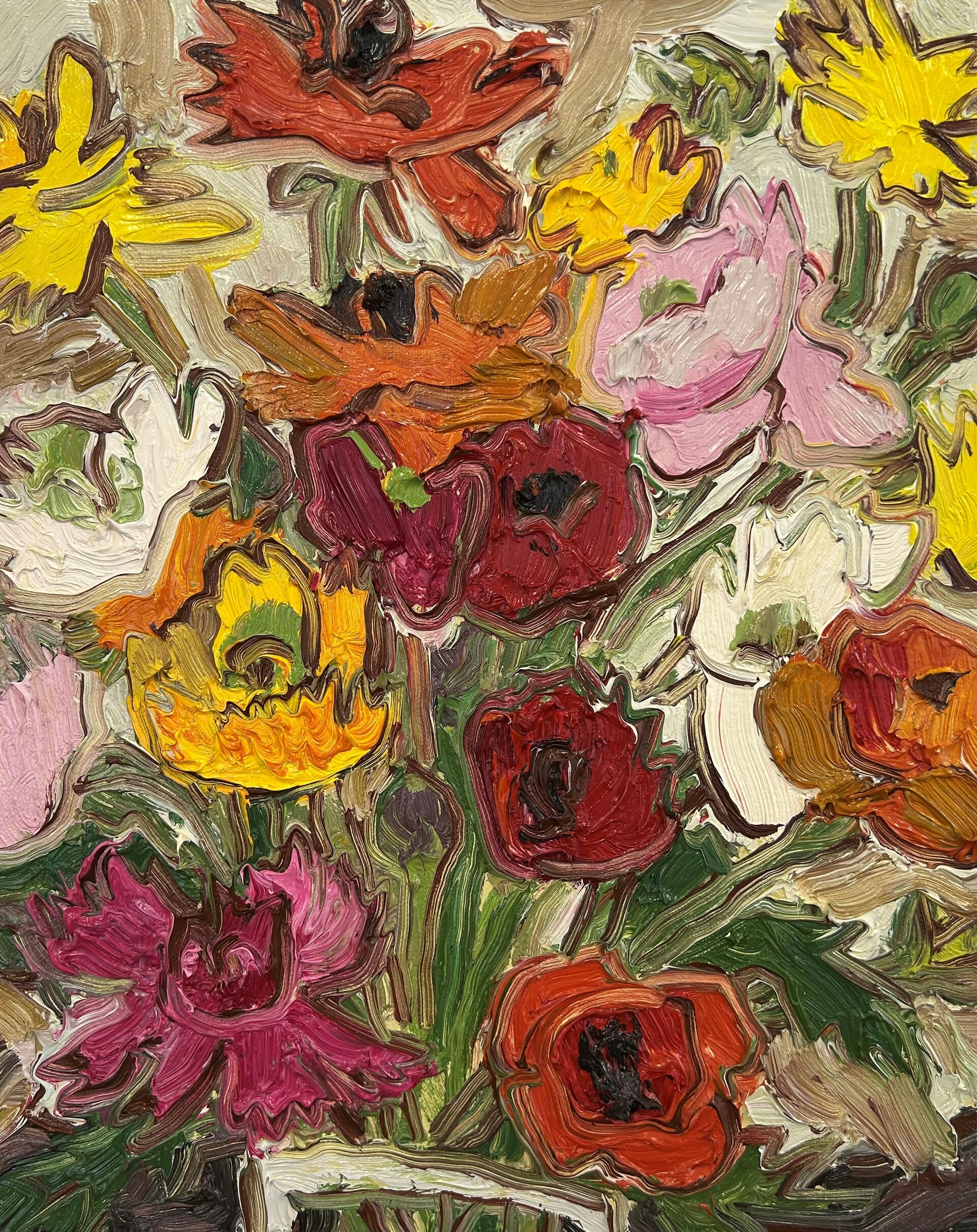
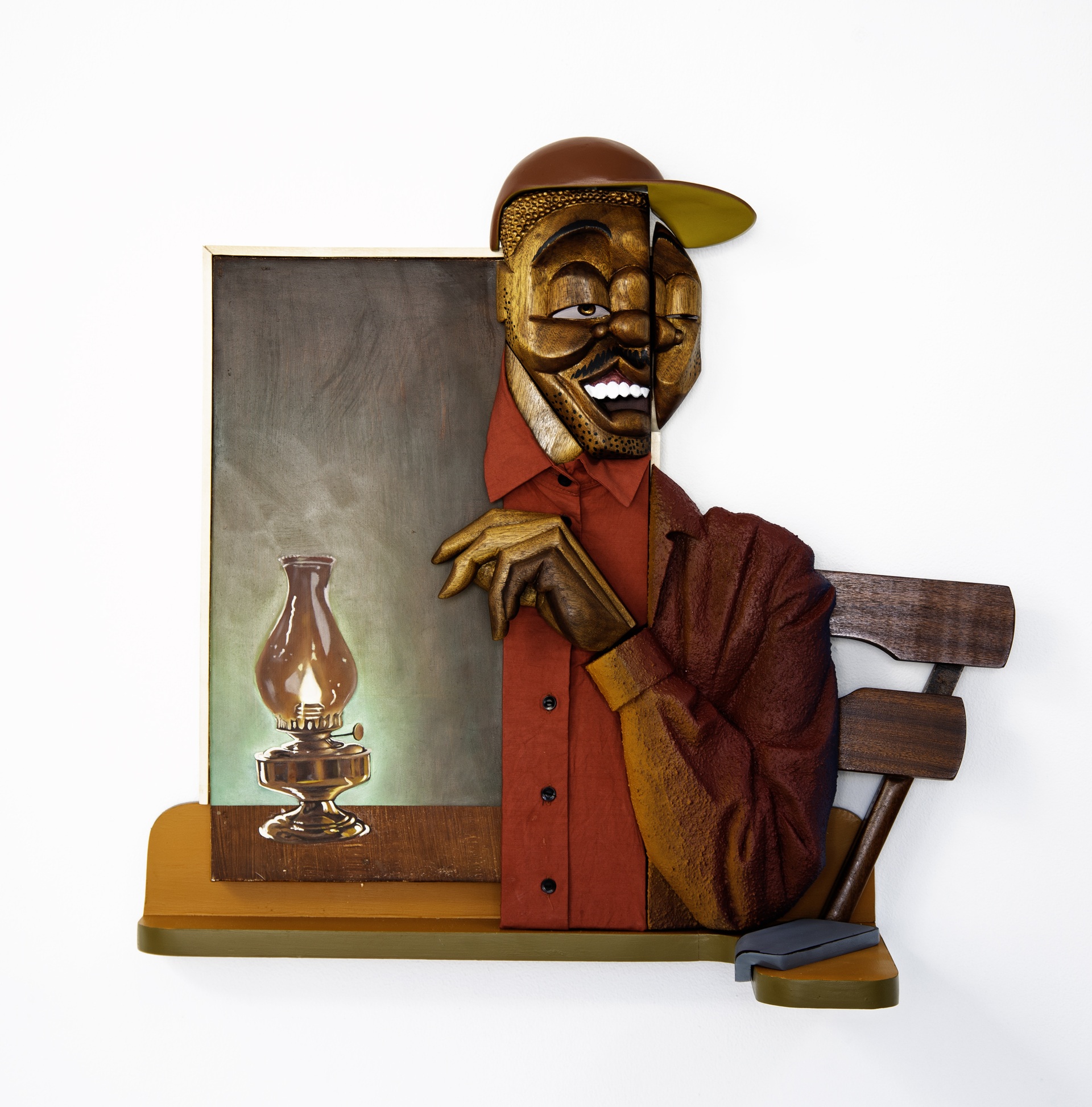
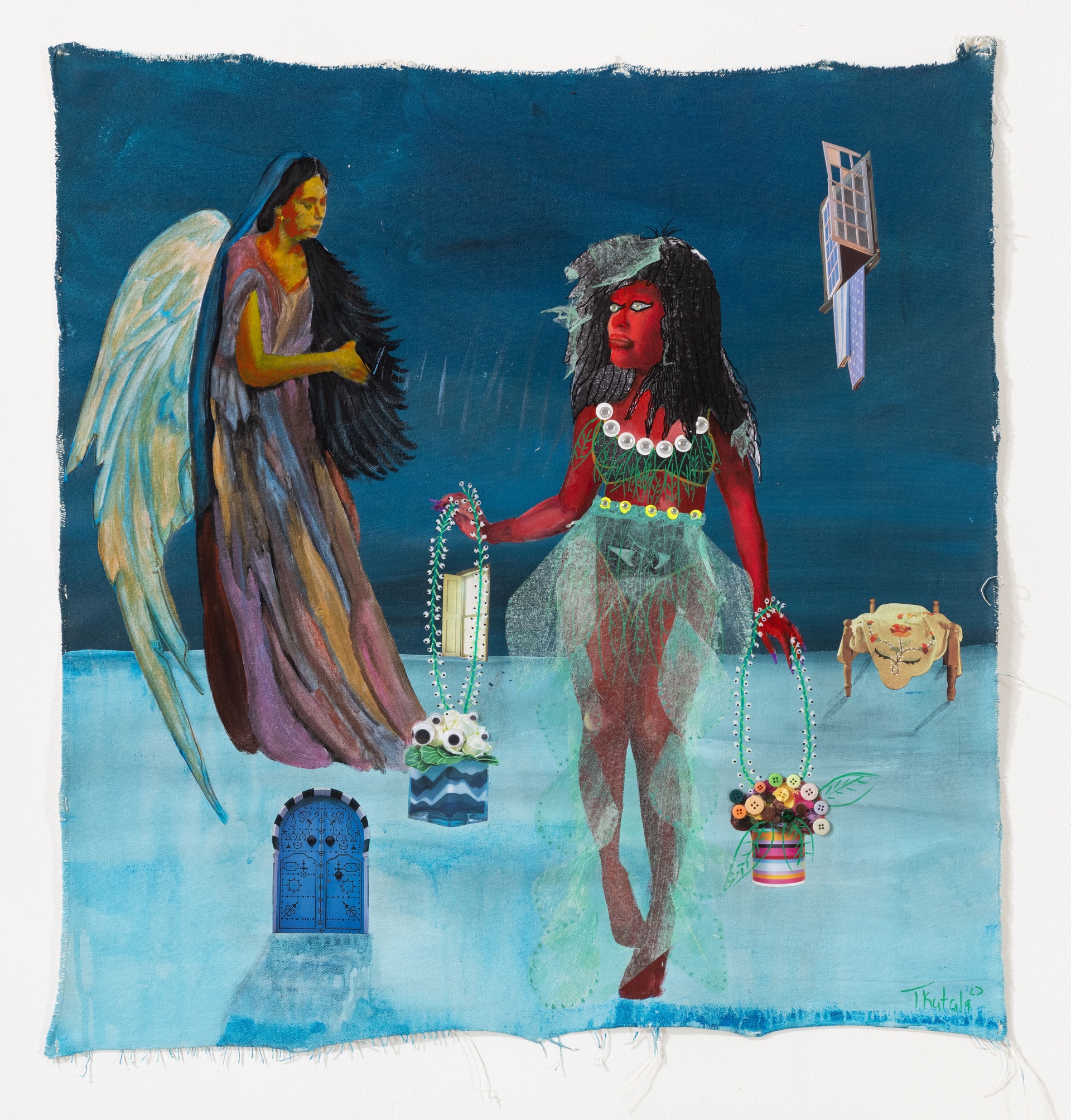

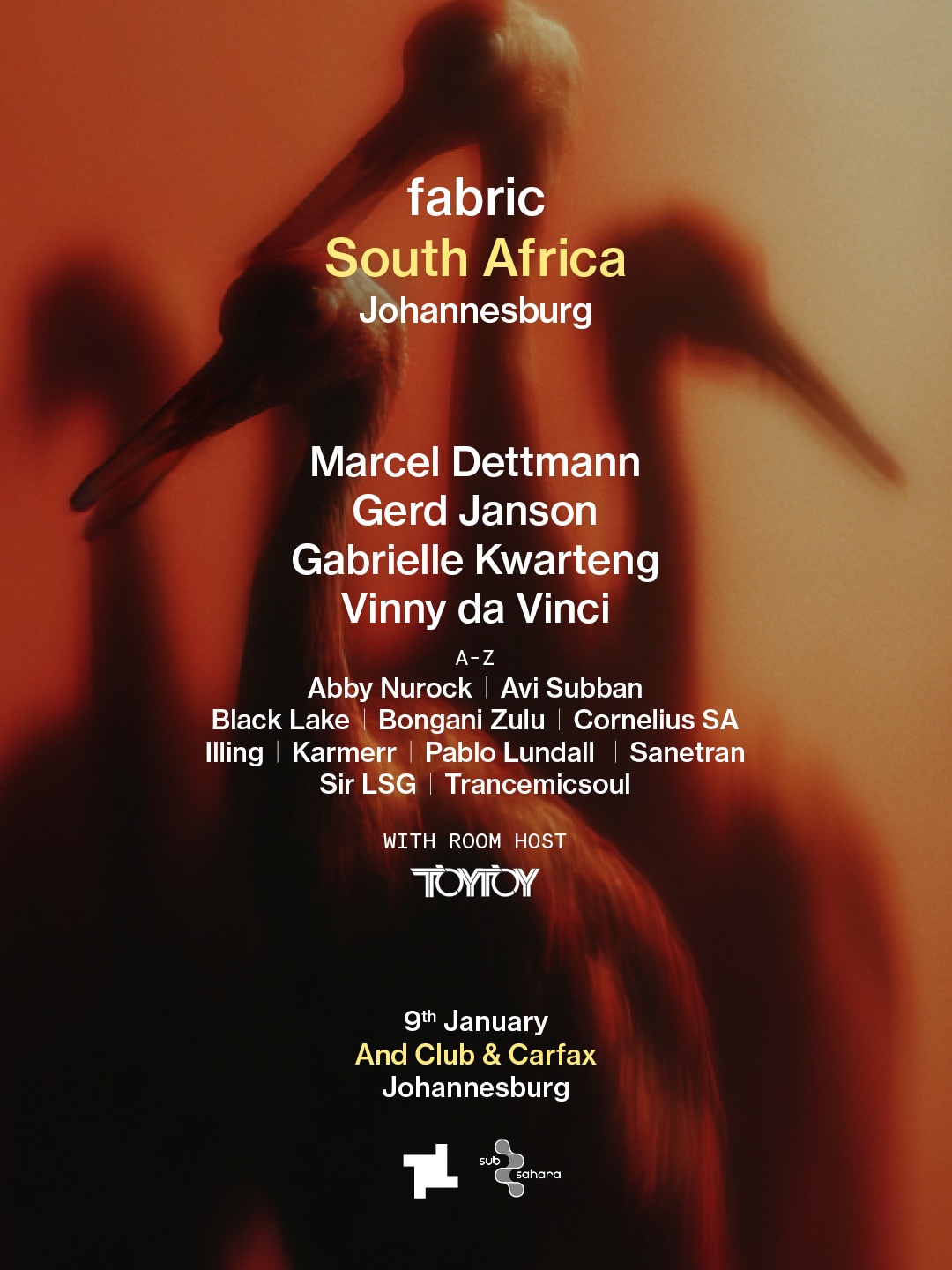

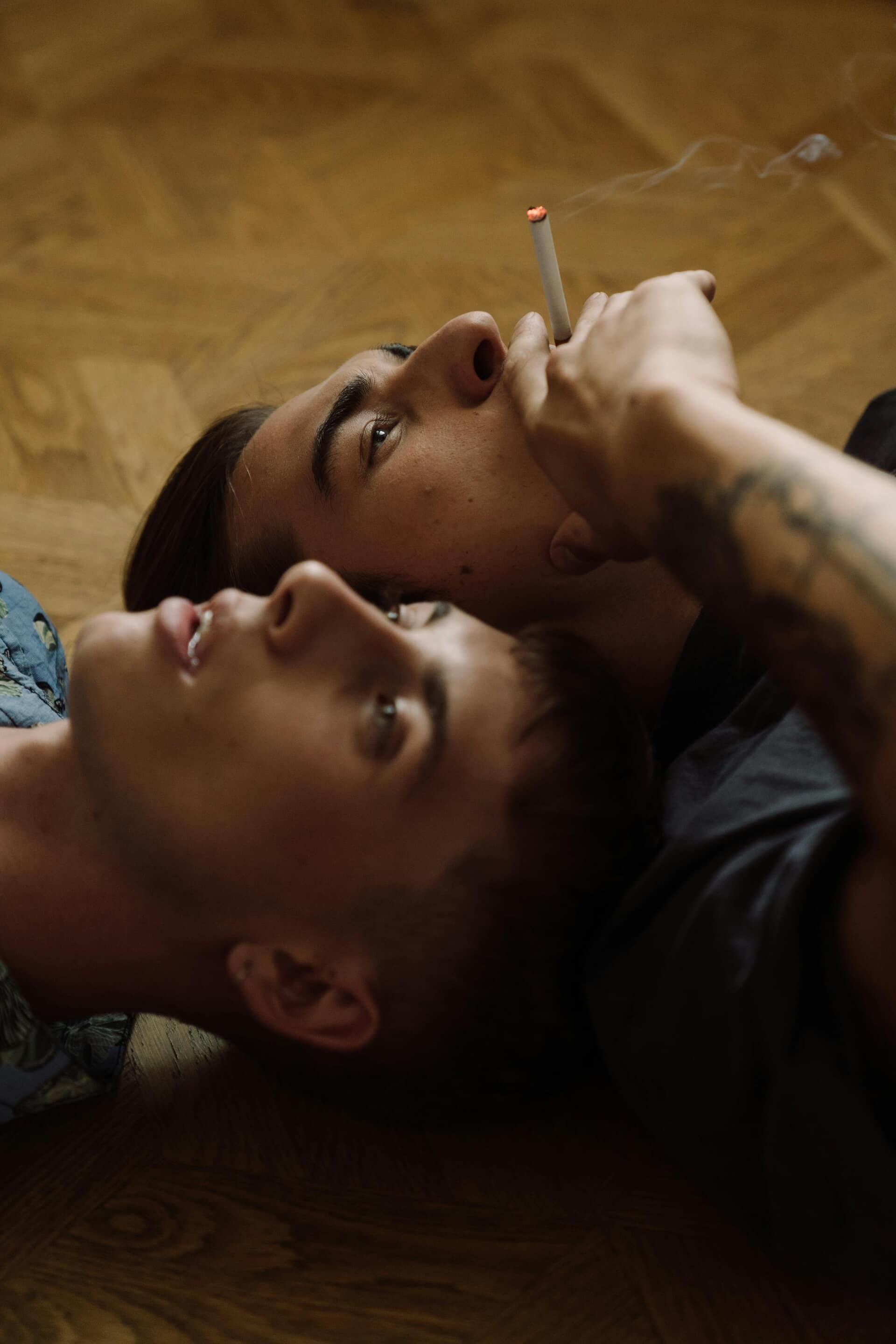
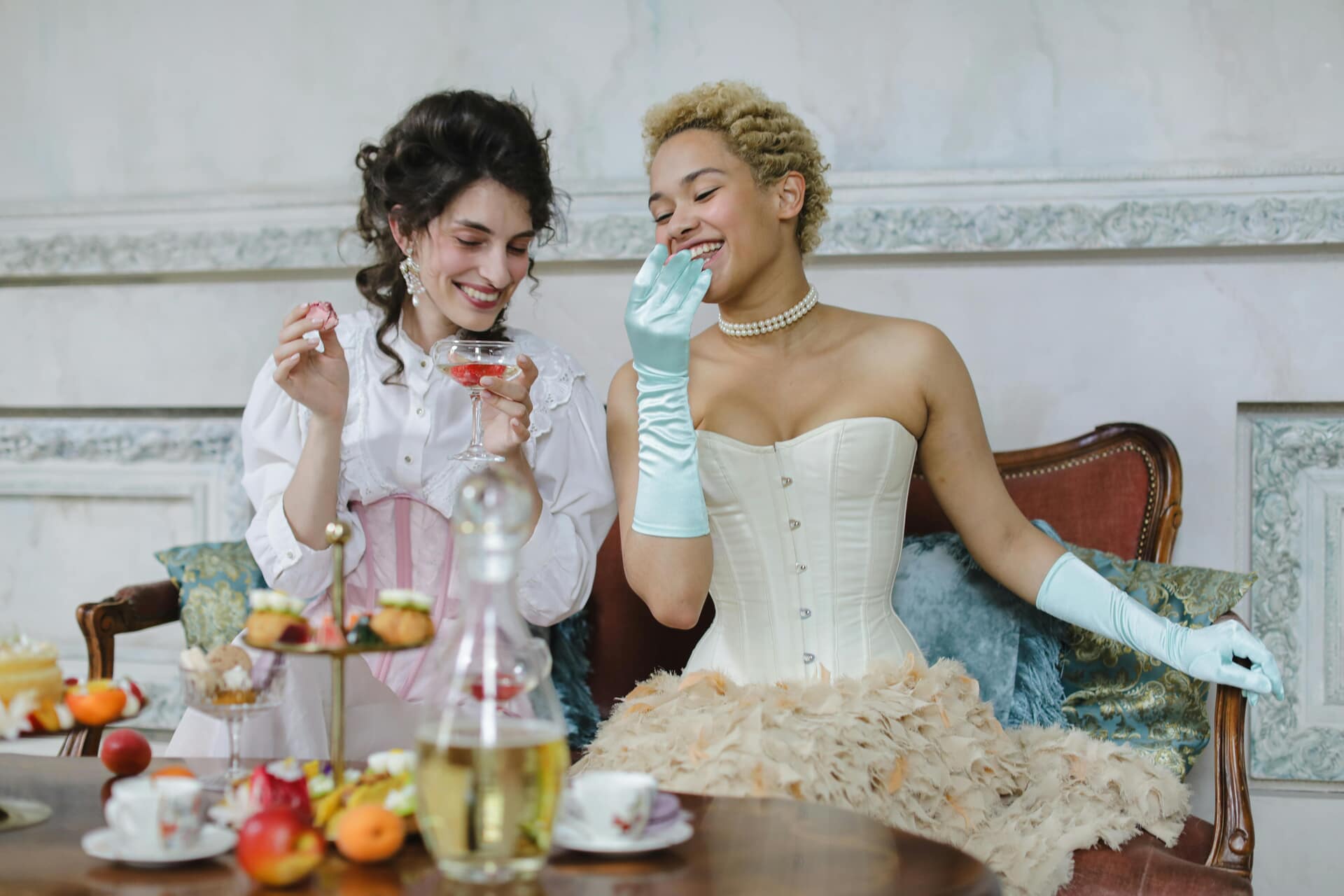
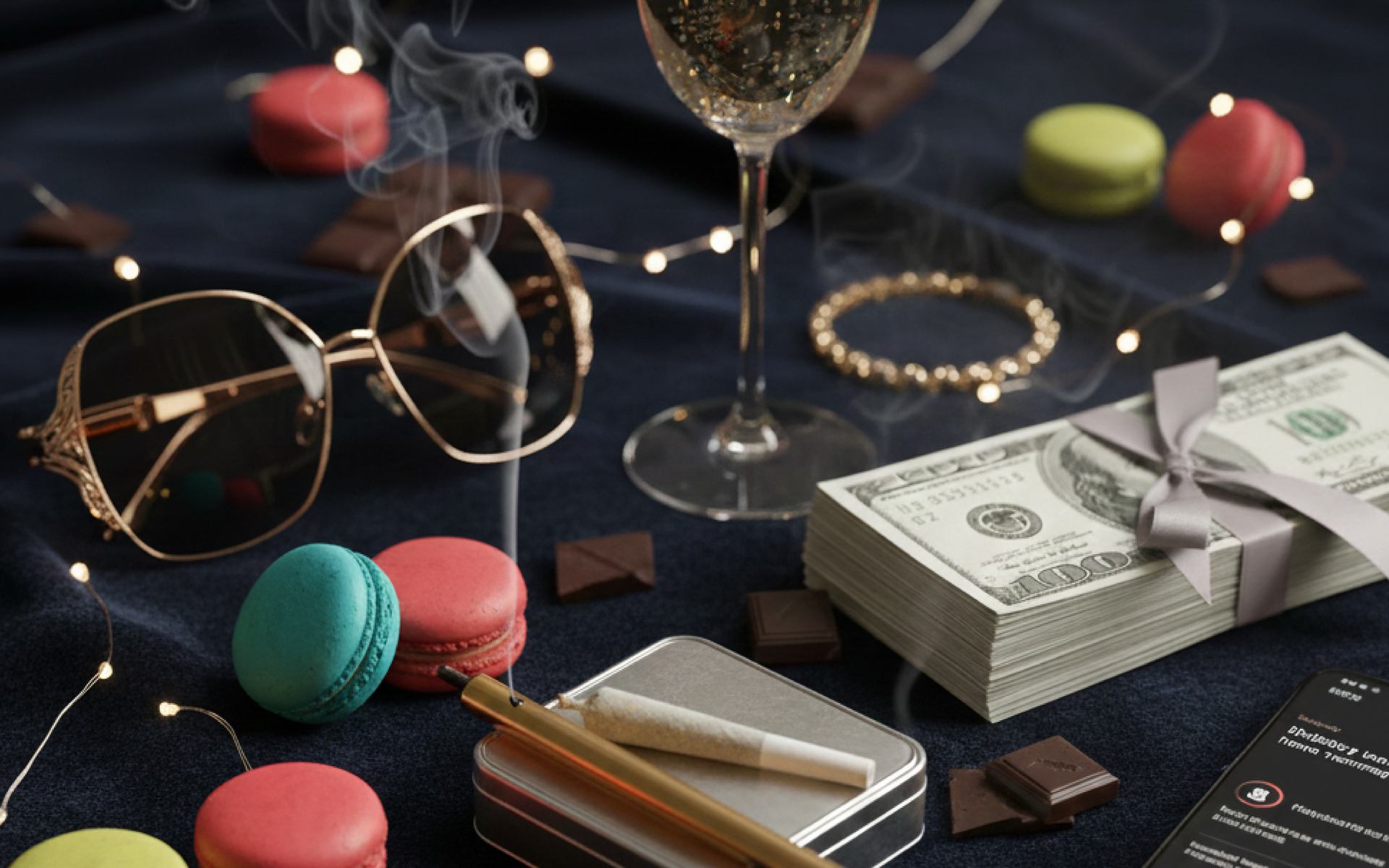
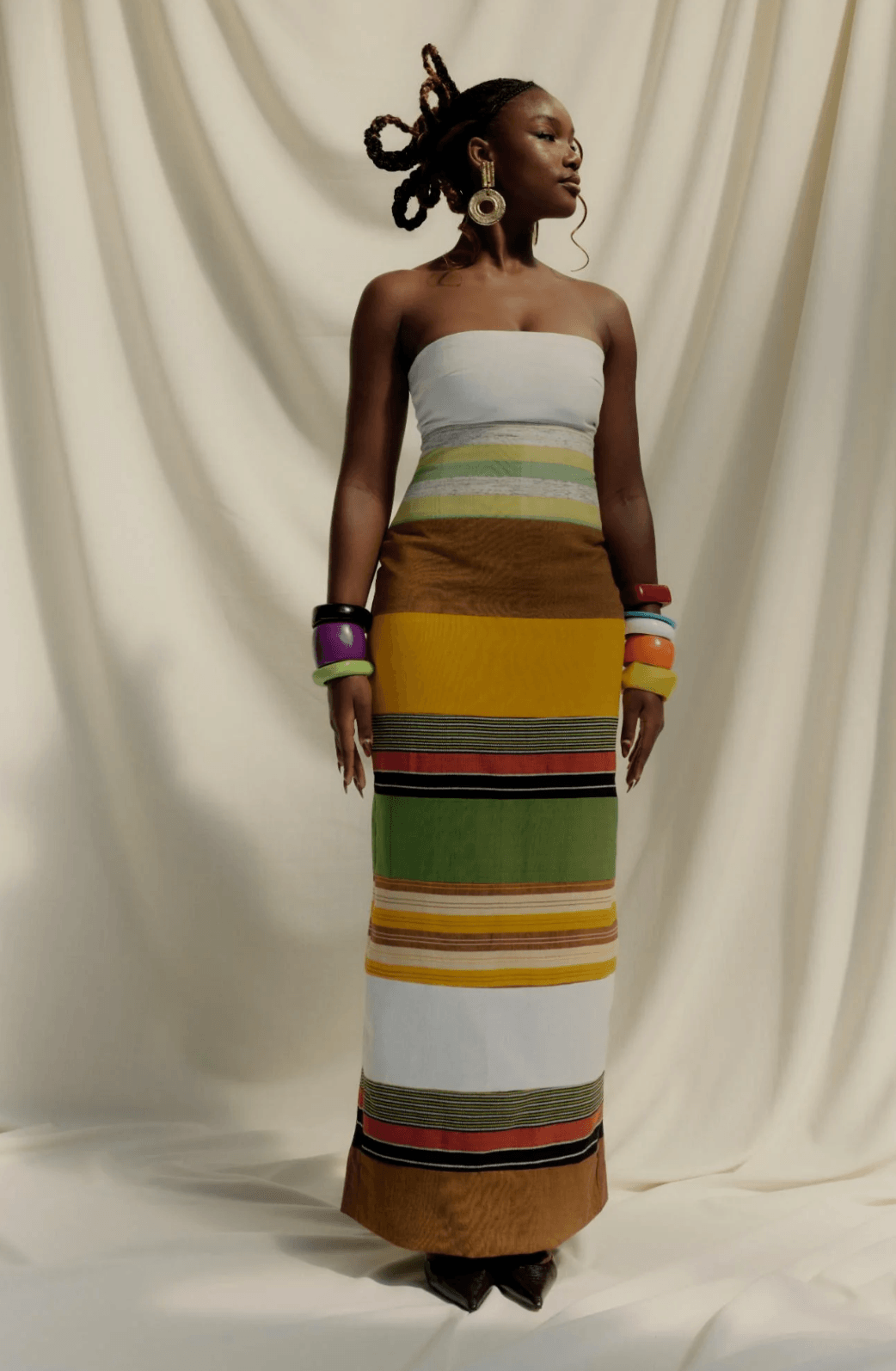
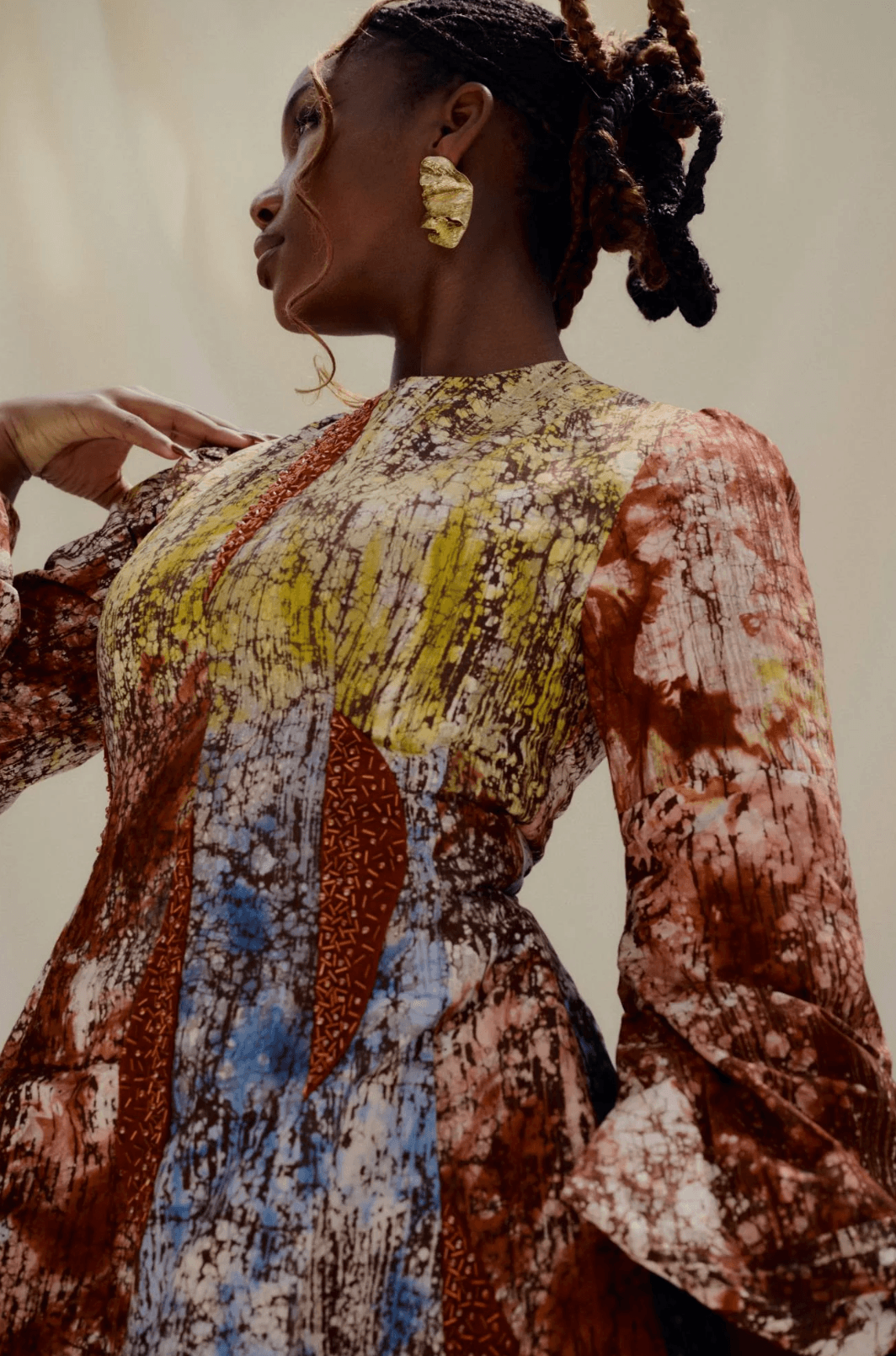
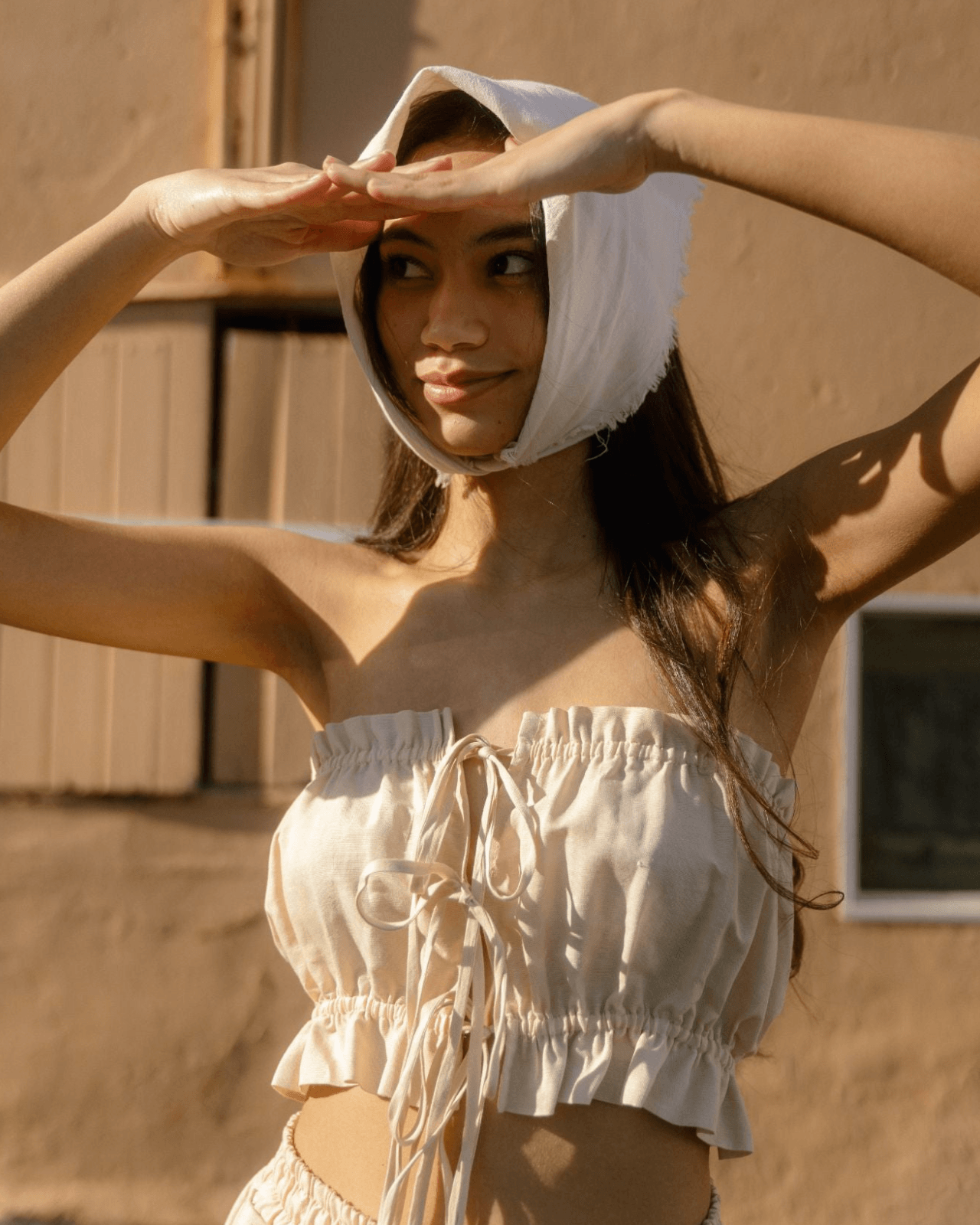


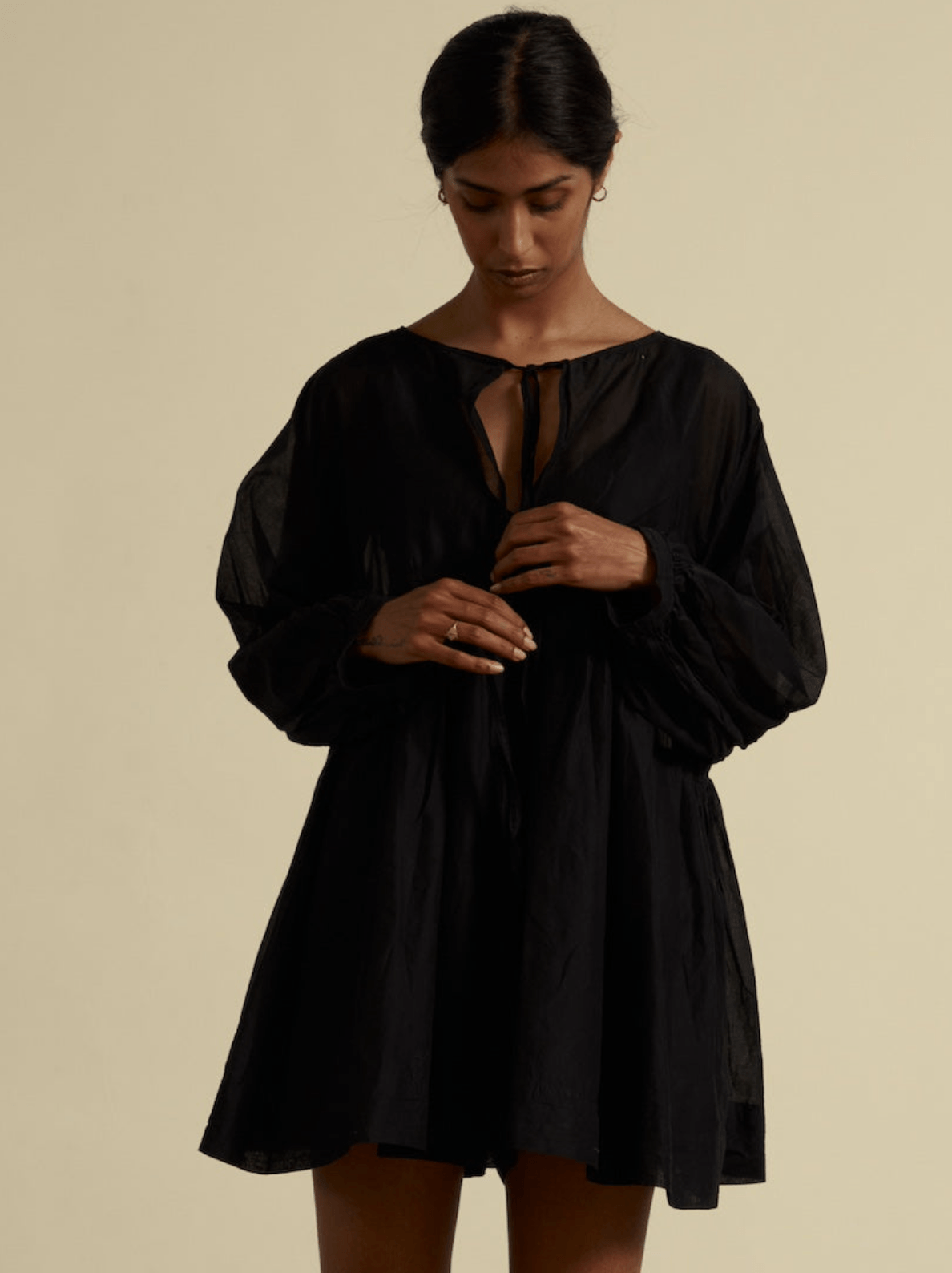
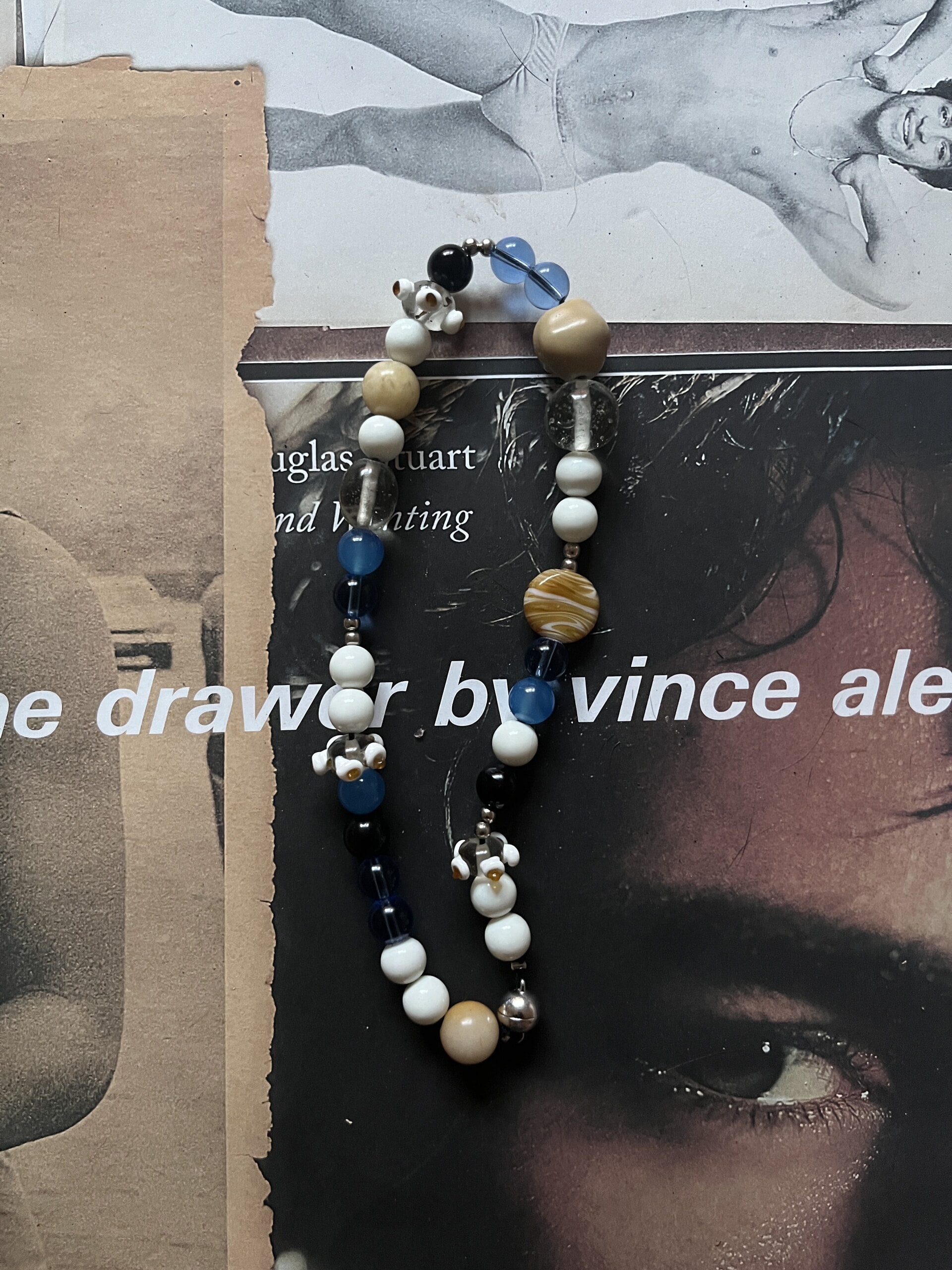



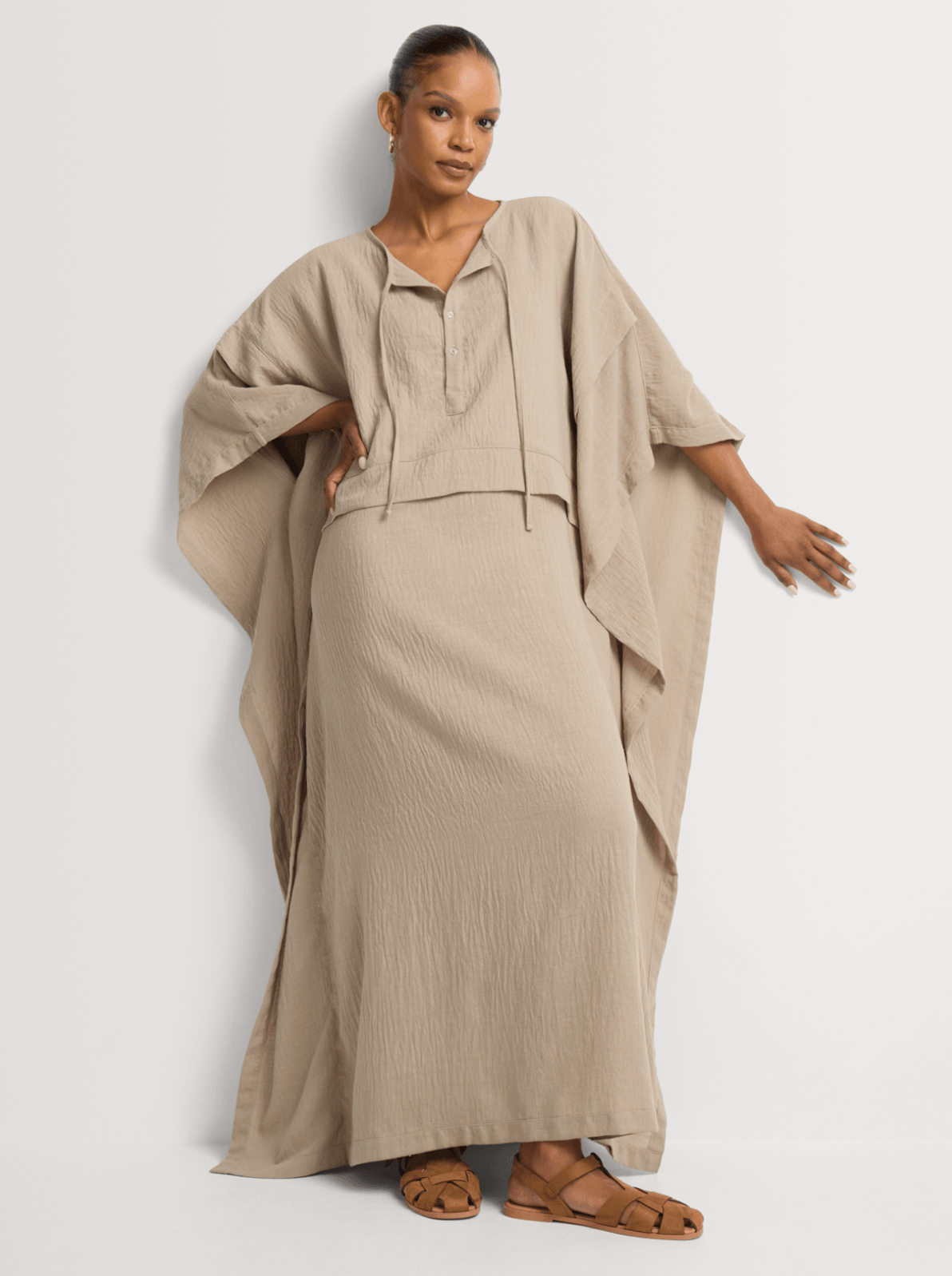
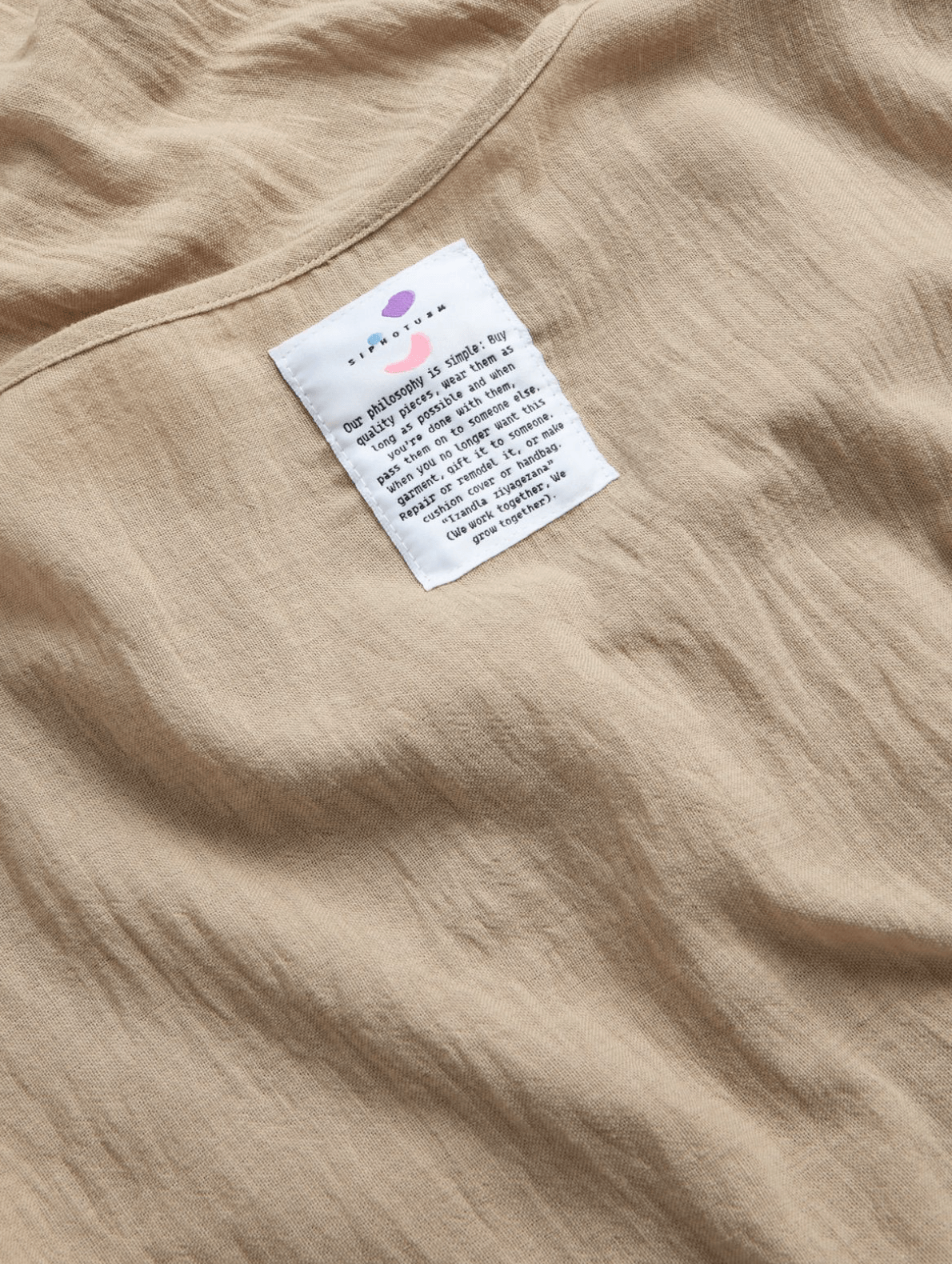
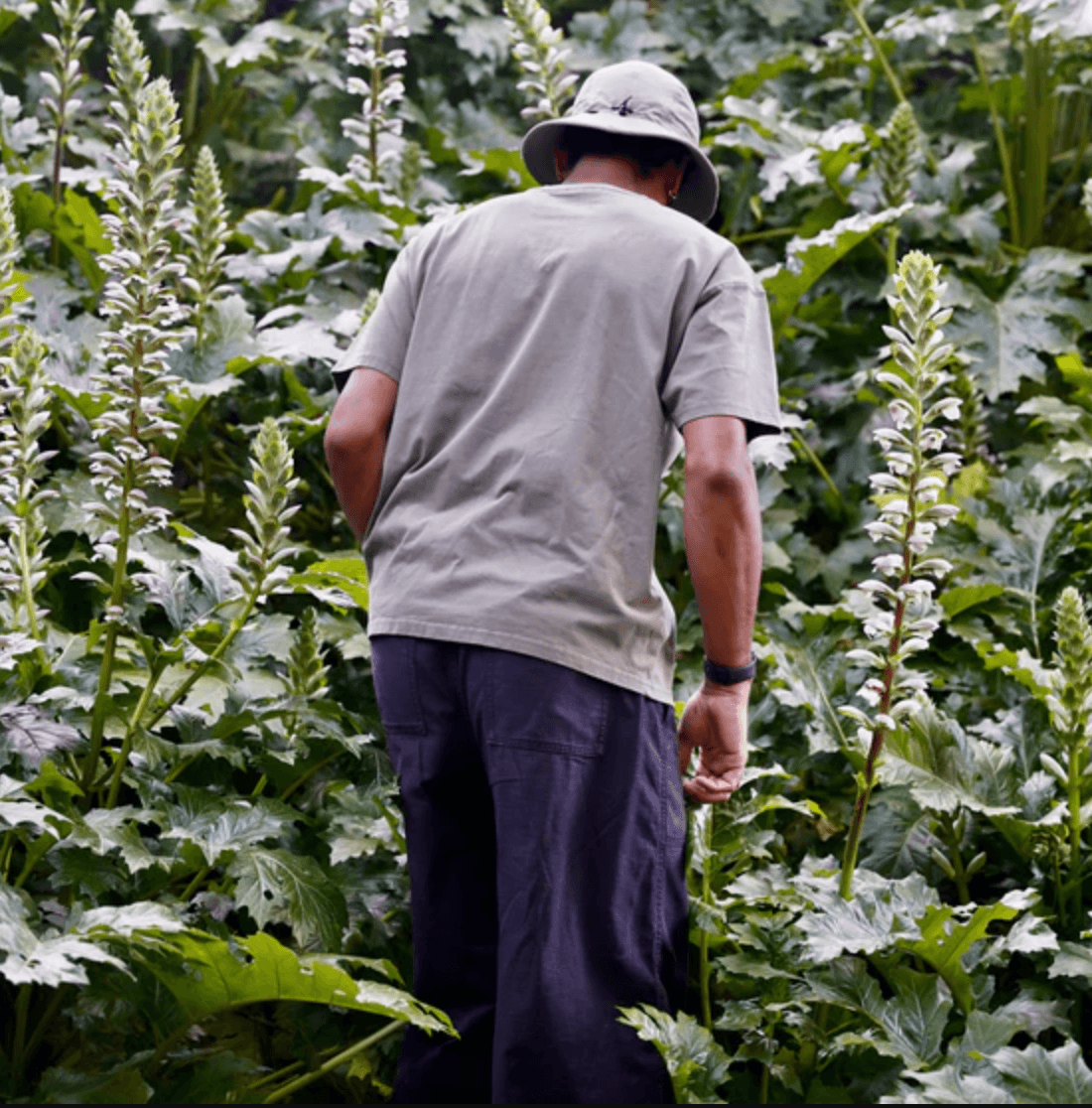

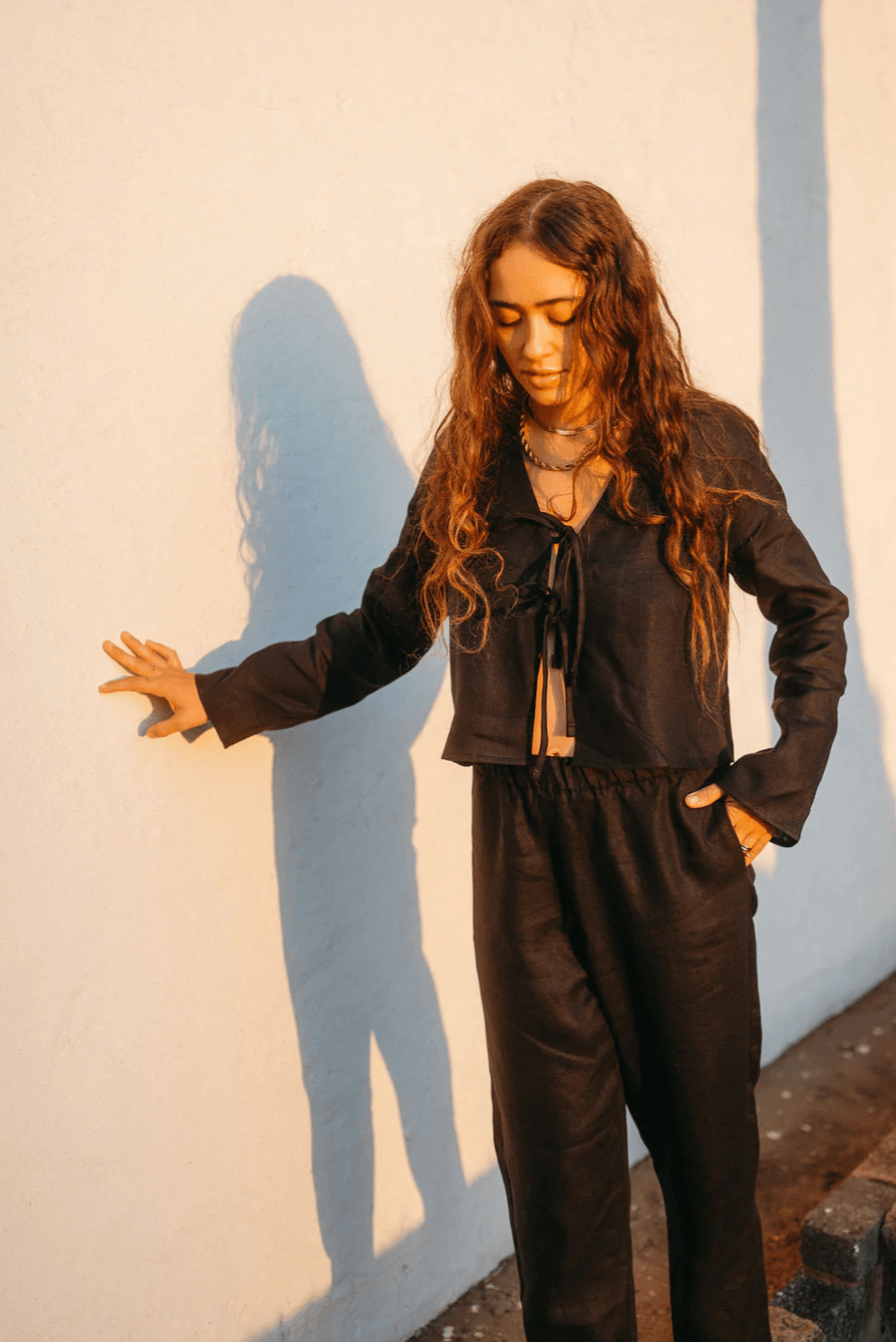
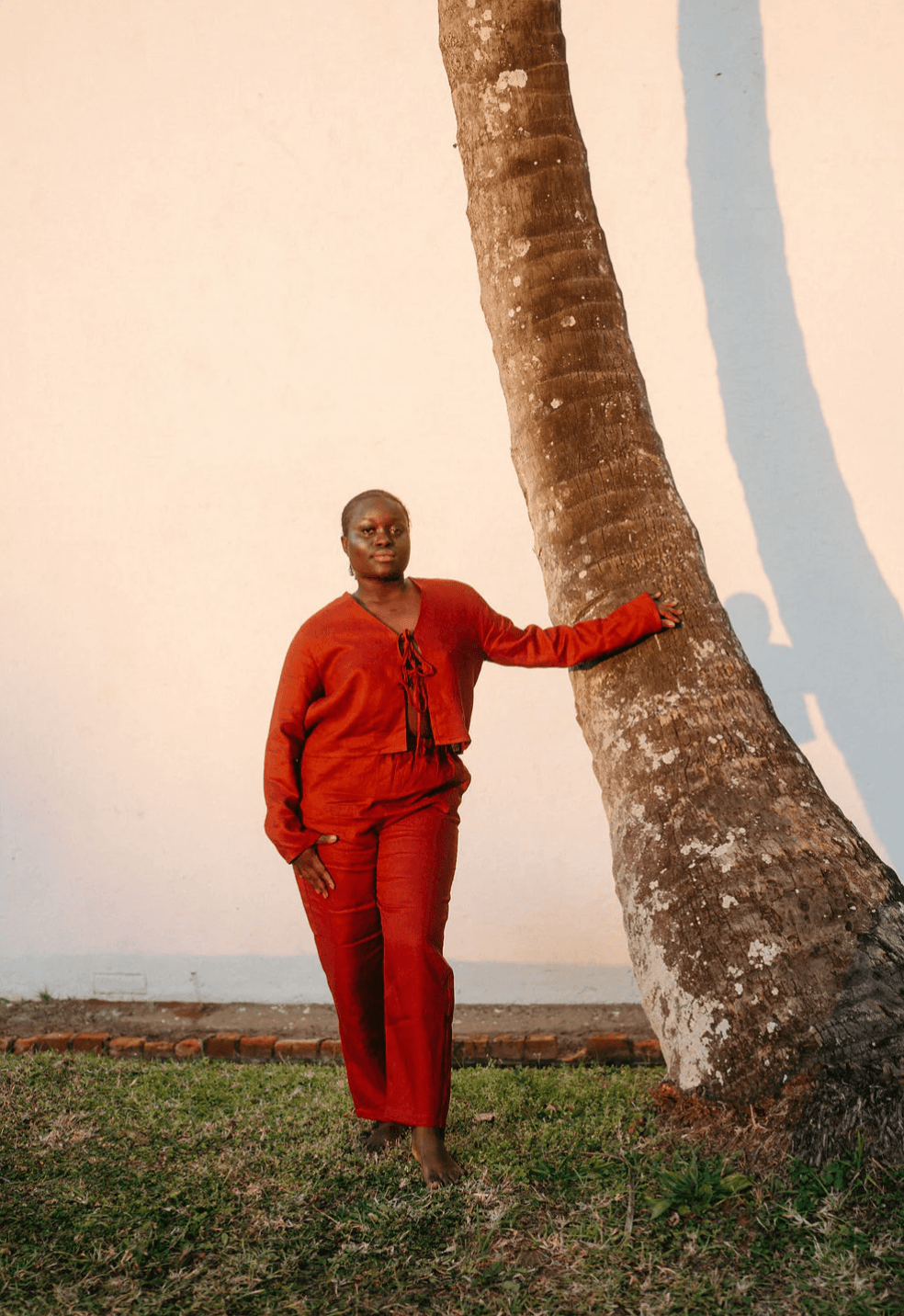









Recent Comments